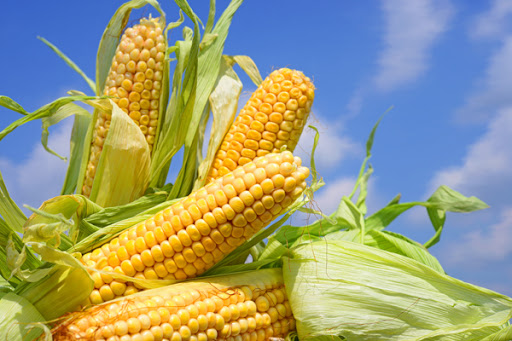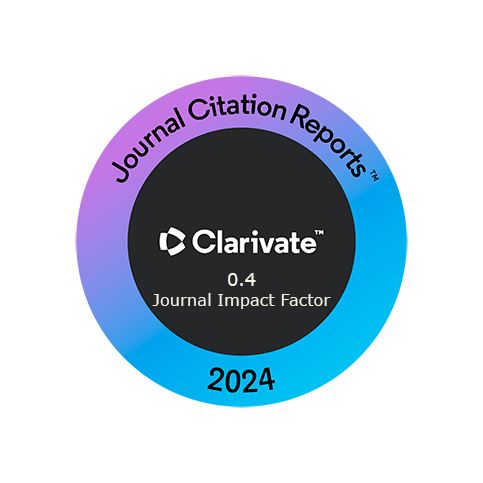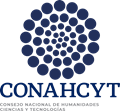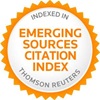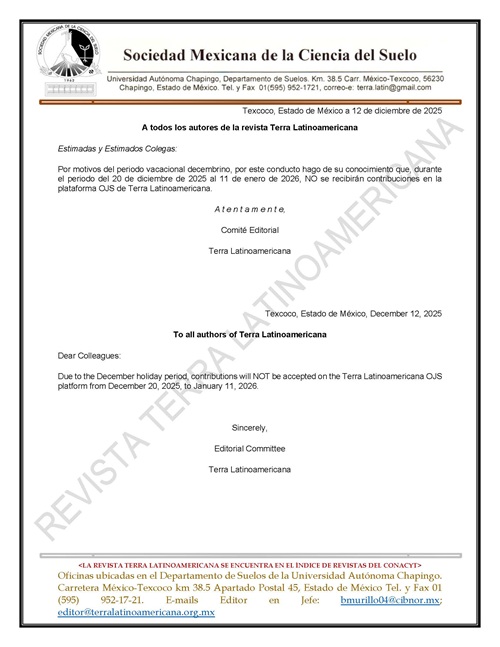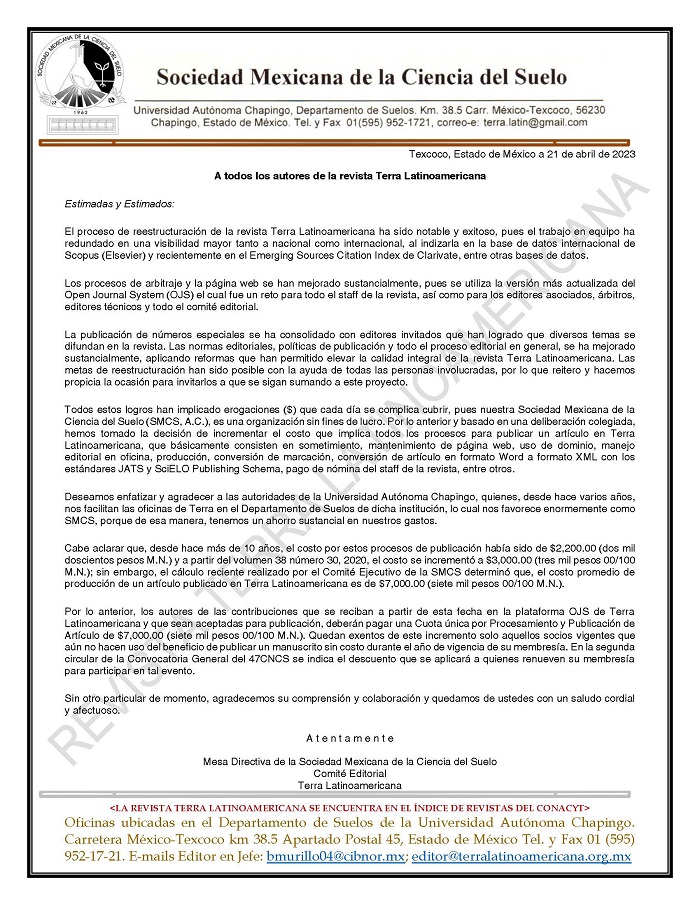Profitability of grain and fodder production systems of corn hybrids, with biological and chemical fertilization in dry tropic
DOI:
https://doi.org/10.28940/terra.v38i1.507Abstract
In the spring-summer agricultural cycle of 2016, the hybrids P4082W, H565, and DK357 were evaluated with chemical and chemical + biological fertilization by means of a factorial experiment arranged in a split-plot design. In the treatments with biofertilizer the seed was inoculated with Glomus intraradices + Azospirillum brasilense; in chemical fertilization 120N-80P-80K was applied. The response variables measured were: height, diameter of the neck and number of leaves of the plant, number and weight of ears with and without bracts, weight of bracts, length and diameter of the ear, number of rows ear-1, grain weight of 5 ears of cobs, length, diameter and weight of the cobs, grain yield, fodder and dried grinding. To determine the profitability of the systems, the total cost (TC), total income (IT), and net income (IN) were calculated, and finally the gain by invested MXN peso (GIP). The statistical analysis included analysis of variance and test of comparisons of means by the Tukey method. It was found that the hybrid DK357 recorded the highest height, number of leaves, grain weight, length of ear and cob, yield of grain and forage, both “zacateado” and dried milled. The P4082W genotype obtained the highest weight of ear with and without bracts. The chemical fertilization favored the yield of forage zacateado, and in combination with the biological treatment, increased the yield of grain. The DK357 and P4082W hybrids grown with chemical and biological fertilization turned out to be profitable in the systems for the production of grain alone, forage grass and grain, and ground dried fodder.
Downloads
Publication Facts
Reviewer profiles N/A
Author statements
- Academic society
- Terra Latinoamericana
- Publisher
- Mexican Society of Soil Science, C.A.
